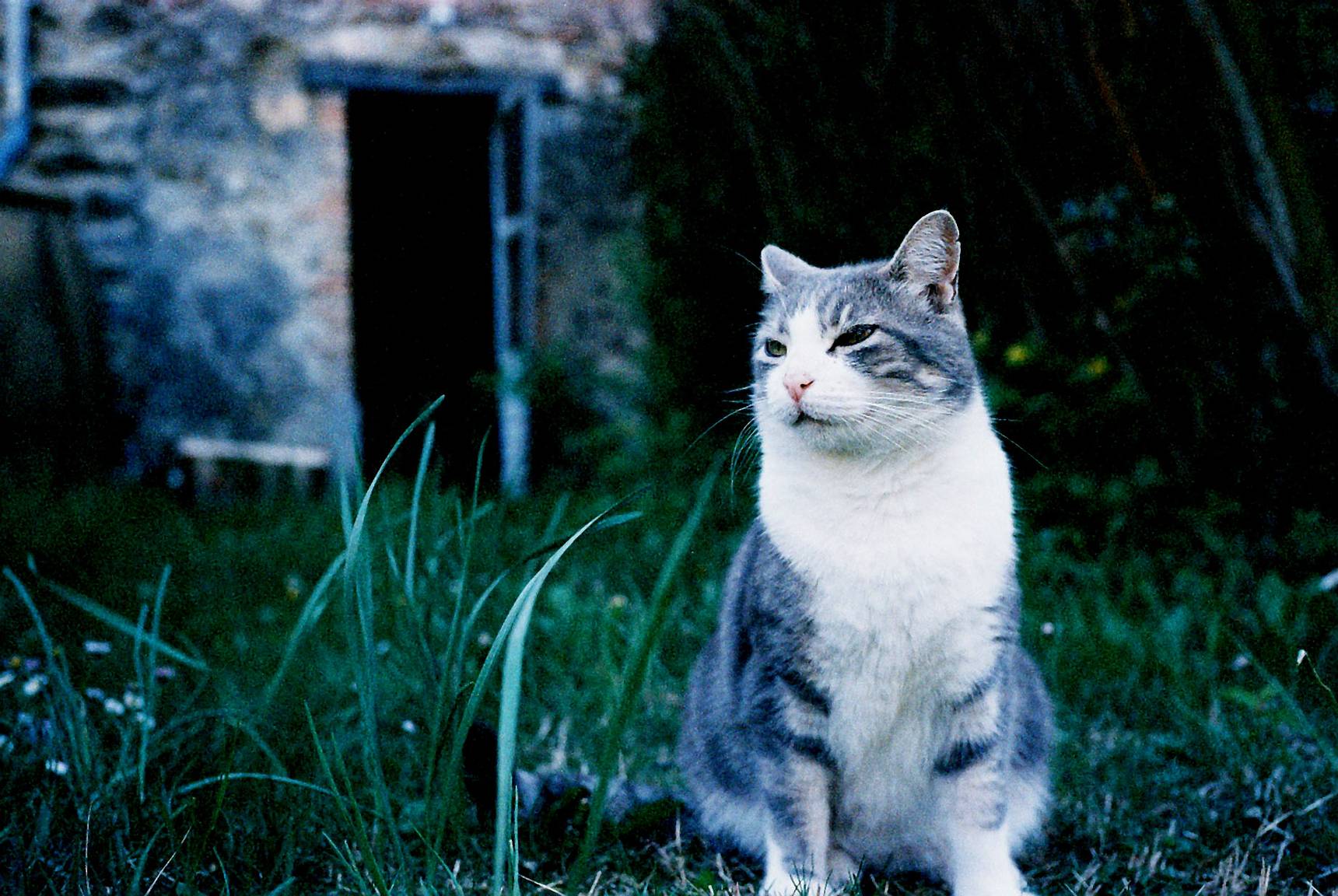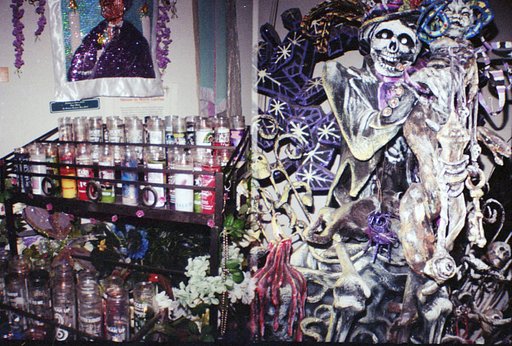Lomopedia: Leica M7
1 13 Share TweetCombining modern day tech and classic mechanical appeal, the Leica M7 is surely a camera to remember.

With news of the Leica M7 being discontinued, we figured that a Lomopedia article about it is in order. It’s the last camera in the well-loved and well-known M Series. The M7’s lineage alone isn’t what makes it a good camera to own and shoot with, it also has good characteristics that make it quite appealing to the modern day film photographer.
The Leica M7 is a 35mm full-frame rangefinder that was introduced to the market in 2002. It is a follow-up to the M6 which in its own right is a capable and desirable camera. While the earlier models in the Leica M Series are all fully-mechanical, the M7 was built with an electronically-controlled shutter. It’s basically an M Series camera that gets a little help from electronics as far as aperture priority is concerned.

While fans of the Leica brand may look at the M7 as the “odd man out” when M Series cameras are involved, it still retains pretty much everything that its predecessors were known for. The M7 is every bit the Leica rangefinder of old — beautifully designed, solidly built, and a pure joy to use (also makes for quite the display piece, as well).
The aperture priority mode of the M7 lets users set the aperture on the lens manually while the camera adjusts for the shutter speed automatically. While this may turn off some people who're looking for an all-mechanical Leica (as they are popularly known for), they may take comfort in knowing that the shutter is the only thing that is electronically controlled and battery operated. The rest is as expected, fully mechanical.
There are other things to be expected of the Leica M7 aside from good quality and charming looks, it’s also a performer. Much like the other rangefinders in the M Series, the M7 accepts lenses with its M-mount — meaning there are tons of nice lenses with high-quality optics to choose from. The M7 is also quiet thanks to its horizontal focal plane rubber-covered cloth shutter, making it a viable choice for times when you need to take discreet photographs.
Another quality that makes the M7 a good camera is its form factor and weight. Since it’s a rangefinder, it is lighter than most SLRs and is also more compact. Having fewer components like mirrors and prisms to deal with, the M7 is shaven down to only have the absolutely necessary parts. Shoot more, carry less.
Albeit saddening, the discontinuation of the M7 doesn’t mean the end of the line for Leica film cameras. The Leica MP and the Leica M-A are still available for purchase at the time of this writing.
Photos Taken by Our Community
Technical Specifications
Type: Compact 35mm rangefinder system camera with electronically controlled shutter and two mechanically controlled shutter speeds
Lenses: Leica M bayonet mount, Leica M lenses from 21-135 mm
Viewfinder: Large, bright-line frame viewfinder with automatic parallax compensation
Exposure Metering: Exposure metering through the lens (TTL), selectively with working aperture
Exposure Control: Choice of automatic control of shutter speed – with corresponding digital display – with manual aperture selection (automatic mode) or manual shutter speed and aperture setting with adjustment using LED light balance
Film Speed Range: Choice of automatic setting from ISO 25/15° to ISO 5000/38° for DX-coded films or manual setting from ISO 6/9° to ISO 6400/39°
Flash: Using accessory hot-shoe with center contacts or standard flash connector socket
Metering Cell: Silicon photodiode with a focusing lens at lower right behind the bayonet
Shutter: Electronically controlled with two mechanically controlled shutter speeds, 1/60 s and 1/125 s, Rubberized cloth focal plane shutter with horizontal movement; extremely quiet
Shutter Speeds: In automatic mode (AUTO) continuous from 32s to 1/1000s. With manual setting 4s to 1/1000s in whole increments. B for very long exposures of any duration, (1/50s) for flash synchronization
Construction: Enclosed all-metal body with the hinged rear panel. Brass top and base plate, silver or black chrome finish
Power: 6V from 2 lithium cells, type DL 1/3 N. Battery monitoring by flashing of LEDs in digital display or light balance or by illumination of bc display or all LEDs going out
Dimensions: Approx. 138 mm x 79,5 mm x 38 mm W x H x D
Weight: Approx. 610 g
Complete and detailed technical data can be found and downloaded at the Leica site.
All information used in this article was sourced from Ken Rockwell, Photography Life, 35mmc, and Leica.
written by cheeo on 2018-07-03 #gear #lomopedia #35mm #rangefinder #leica-m7 #lomopedia


























One Comment